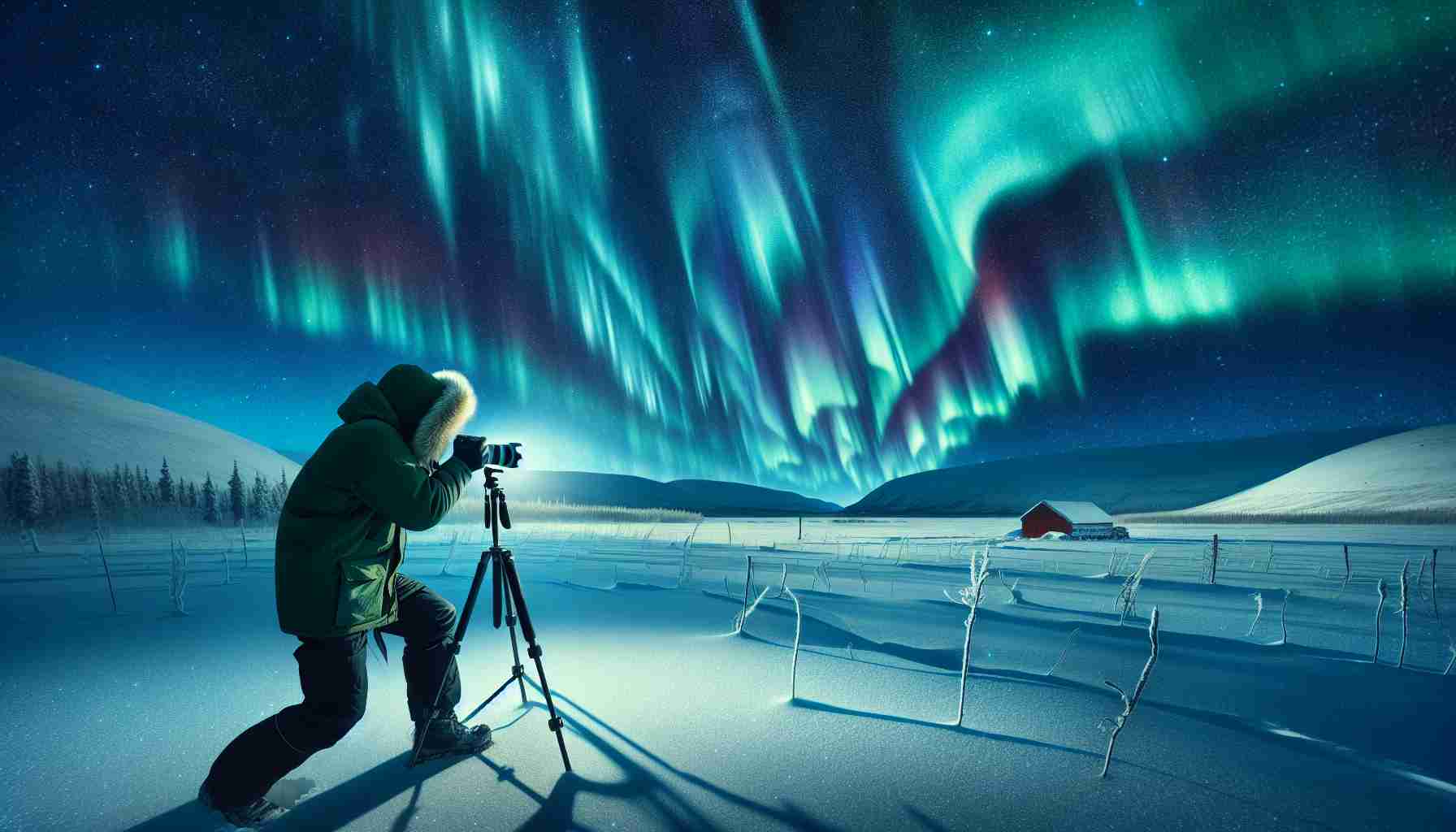The Northern Lights are a mesmerizing spectacle, and capturing their beauty can be a rewarding experience for any photographer. On a memorable flight from Charleston, South Carolina, to Osaka, Japan, I witnessed this natural wonder from the skies and vowed to experience it from the ground in Alaska. During my expedition in 2019, I stationed myself in Coldfoot, Alaska, and ventured to the secluded village of Wiseman.
Photographing this phenomenon requires patience and the right tools. A good camera with long exposure capabilities is ideal, while tripods are essential for stability. However, advancements in technology have empowered even smartphone users to take outstanding photographs in low light conditions. For example, with the iPhone 11 Pro Max’s night mode, detailed images of the Northern Lights were made possible.
To capture the Northern Lights effectively with a smartphone, ensure optimal focus by illuminating a nearby object with a flashlight to aid the camera. Engage night mode and compose your shot with interesting foreground elements like mountains or cabins to add depth to the image. Be eager with the shutter button, as the aurora’s dance is ever-changing, and review your pictures to confirm focus and exposure.
Adjustments made right on your smartphone can enhance the final image dramatically. Modify exposure, add vibrance, reduce warmth for dramatic effect, and increase sharpness to make your photographs stand out. Remember to crop the image appropriately for sharing on platforms like Instagram.
Finding the right spot to view the Northern Lights can sometimes be a challenge, but heading above the Arctic Circle, such as Alaska, Scandinavia, or occasional spots farther south like Iceland, offers a greater chance of witnessing the awe-inspiring spectacle. Despite the full moon on my trip, the lights were vivid, enhanced by the moonlight that illuminated the surroundings, proving that even under less-than-ideal conditions, the aurora borealis can be striking.
Understanding the Northern Lights
The Northern Lights, also known as Aurora Borealis, are a natural phenomenon caused by collisions between electrically charged particles from the sun that enter the Earth’s atmosphere and collide with gases such as oxygen and nitrogen. The lights are seen above the magnetic poles of the northern and southern hemispheres. They are known as ‘Aurora australis’ in the southern hemisphere.
Important Questions and Answers:
– What causes the Northern Lights?
The Northern Lights are caused by the interaction of solar wind, a stream of charged particles escaping the sun, with our planet’s magnetic field and atmosphere.
– When is the best time to photograph the Northern Lights?
The best time is during the long, dark nights from late September to early April. Solar activity and clear skies are also critical factors.
– Where can you see the Northern Lights?
They can be seen in high-latitude regions around the Arctic and Antarctic. Popular destinations include Norway, Sweden, Finland, Iceland, Greenland, Canada, and in the United States, Alaska.
Key Challenges or Controversies:
– Environmental Impact: Increased tourism to see the Northern Lights has raised concerns about environmental impacts in these often fragile ecosystems.
– Photographic Authenticity: With the rise of photo editing tools, there are debates within the photography community regarding the authenticity of enhanced images of the aurora borealis.
Advantages and Disadvantages:
– Advantages: Observing and photographing the Northern Lights can be an extraordinary experience, providing photographers with unique shots and the chance to hone their skills in challenging conditions.
– Disadvantages: Challenges like extreme cold, difficulty in reaching remote locations, and unpredictable weather conditions can make photographing the Northern Lights difficult. There’s also no guarantee of visibility, as solar activity and cloud coverage vary.
Suggested Related Links:
For more information on the Northern Lights and tips for planning a trip to see them, you might visit the following websites:
– NASA for scientific information on the Northern Lights.
– National Geographic for educational content and stunning photography of the aurora.
– Lonely Planet for travel guides and tips on the best places and times to see the Northern Lights.
Always remember to respect the local environment and communities when traveling to see natural phenomena like the Northern Lights, and be prepared for the physical and technical challenges of capturing them on camera.
